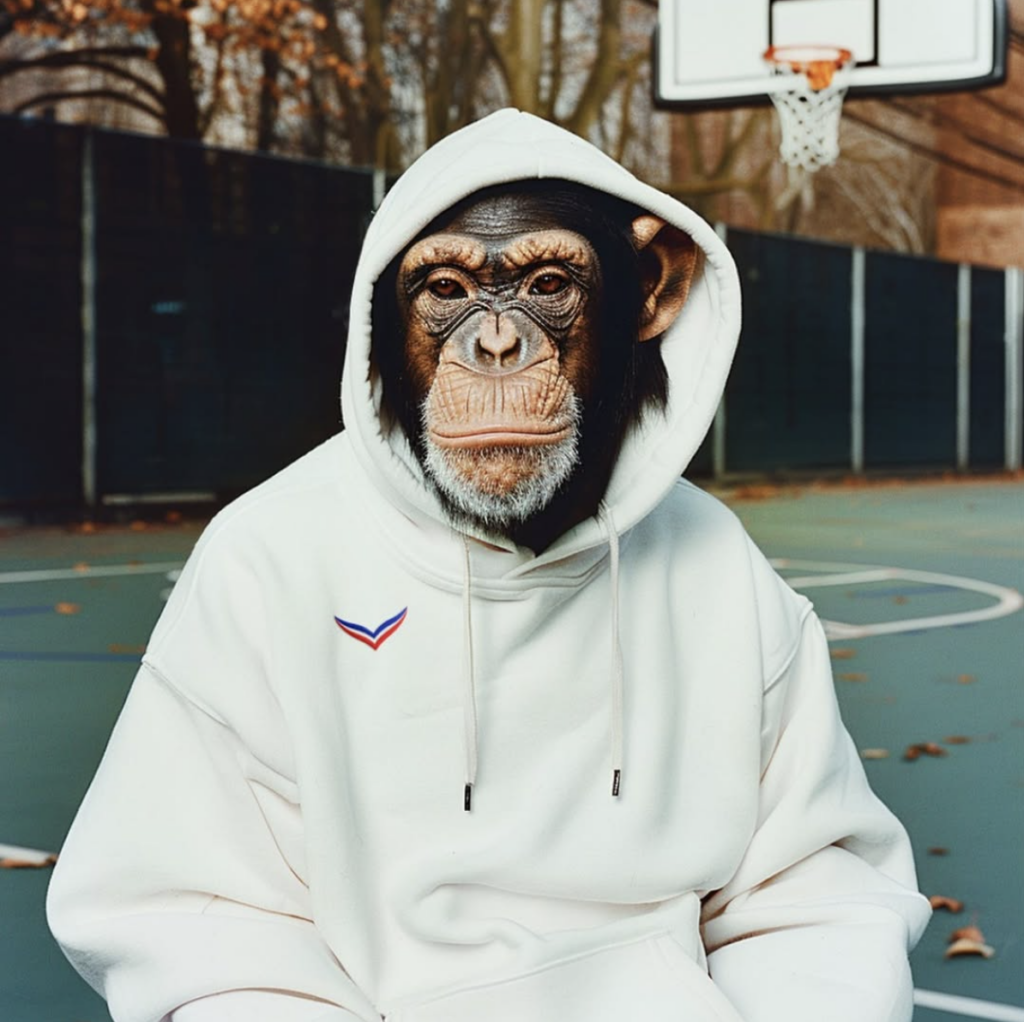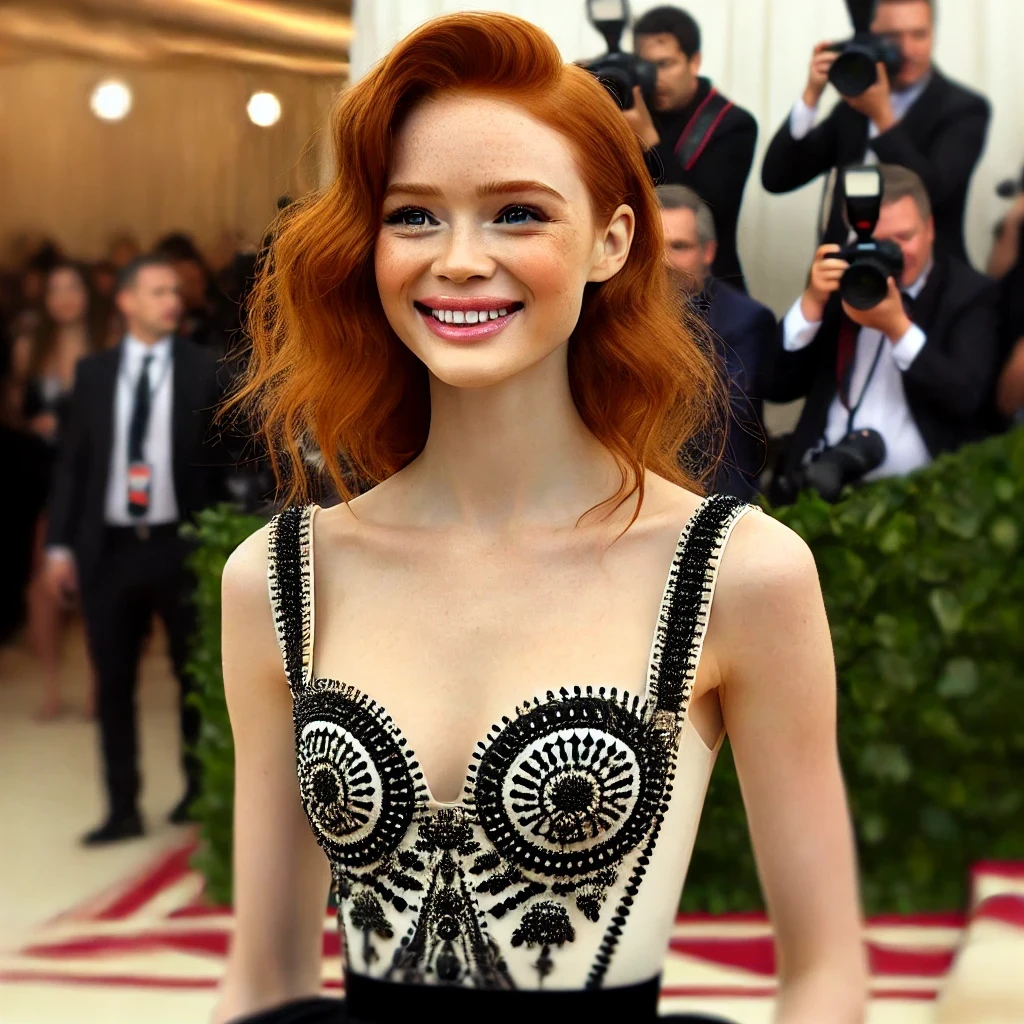Fashion oh my darling.
As if it were yesterday, I still remember the headlines about Primark and fast fashion. After Zara initially overtook H&M, S’Oliver became a thing of the past, and we all ordered our ball gowns in doll sizes via Temu, I think it’s time to scream at the mirror—either in joy or frustration—and ask ourselves if any of this still makes sense. Or should we just bury ourselves under a pile of last season’s fashion waste on some landfill, just to keep warm?

The textile and fashion industry has undergone a profound transformation since the advent of technology. With the continuous advancement of artificial intelligence (AI), this shift has gained unprecedented momentum. Where once labor-intensive photoshoots, market analyses, trend scouting, and small boutique labels defined the industry, today, digital avatars, automated analytics, and adaptive algorithms are shaping a new era. On the one hand, AI opens up unimaginable opportunities for efficiency, creativity, and customer engagement. On the other, these very innovations raise pressing questions about sustainability, authenticity, and ethical responsibility. A closer look at current trends reveals how deeply AI is already influencing textile marketing—and where its potential for conflict lies.
AI-Generated Models: A New Face for Advertising Campaigns
Leading fashion houses are increasingly relying on AI-based models to present their collections. The Spanish label Mango, for instance, sometimes forgoes human models in favor of digitally created avatars.
The advantages are clear: no costly photoshoots, no fees or travel expenses, no buyouts—just unlimited creative freedom. An AI model can switch from a high-fashion runway look to casual streetwear in seconds, appealing to a broad audience. True CRM one-to-one communication tailored to a buyer’s interests, season, or location has never been easier.
However, one must ask whether this trend will further accelerate the already rapid product cycles. AI models can be restyled instantly or recycled for new collections, potentially phasing out the human element and further dehumanizing the fashion and modeling industry. Not much remains of the old glamour between shooting vouchers and the MeToo movement anyway…

Personalized Advertisements
Algorithms not only recognize our preferred clothing styles but also serve us highly targeted ads—potentially even an AI-generated version of ourselves wearing our favorite brand’s latest collection. This boosts purchase intent but also raises ethical concerns about data usage.
We can already see this phenomenon in action: an image or design we liked on social media appears shortly after as a print on a T-shirt or hoodie in an advertisement, allowing us to purchase exactly what caught our eye moments earlier.
Coincidence?
While this impressive responsiveness is fascinating, it also poses risks. Consumers could quickly become overwhelmed, as the ever-accelerating product turnover fuels overconsumption and resource depletion.
It’s the Experience: Virtual Try-Ons and Smart Recommendations Online and In-Store
The fusion of AI and augmented reality (AR) has transformed shopping. Where once a trip to the fitting room was essential, advanced 3D modeling and AI-driven fit analyses now enable instant virtual try-ons. Customers see themselves in real-time, wearing the selected item as if they were standing in front of a mirror. Studies and industry reports suggest that such innovations significantly enhance customer satisfaction. Companies like Zalando take it a step further, offering size recommendations via their app for an even more seamless experience.
A decade ago, we pitched a concept for a “photo booth” in shopping malls that would digitally showcase outfits from all stores in the center, increasing foot traffic while generating shareable user-generated content for social media. AI could push this idea even further today. Shoppers would receive personalized style recommendations based on their body measurements, personal preferences, and fashion trends, leading them directly to the stores where their selections are available. This concept promises a new dimension of shopping—both in convenience and style.
Retail processes are also becoming smarter. Stores like Zara and Uniqlo now feature self-checkout kiosks equipped with RFID labels that automatically scan items, simplifying and accelerating transactions. Incidentally, the same RFID label works with security gates (not that we tried it), sending an image of any detected item directly to security staff. This technology benefits not only shoppers but also the often overworked and underpaid store employees.
Home Sweet Home
This technology could extend to our homes as well. AI-powered fashion assistants, possibly integrated into smart mirrors, could suggest outfit combinations and analyze wardrobe contents, offering inspiration while preventing duplicate or mismatched purchases.
More Accurate Offers – Fewer Returns – Lower Environmental Impact?
Returns are a massive cost and environmental burden in online retail. Virtual try-ons and precise AI recommendations can significantly reduce mispurchases, cutting logistics costs and lowering CO₂ emissions from multiple shipping and return processes. Additionally, demand-driven production planning could minimize waste, ensuring that only items with genuine demand are produced.
However, increased availability often creates demand rather than responding to it. Even the second-hand market, which promises more sustainable clothing use, ultimately leads to consumers accumulating even fuller wardrobes.
Digital Brand Ambassadors: AI Influencers Take the Stage
Even influencer marketing isn’t immune to AI trends. The long-established brand Trigema, for instance, has revived “Charly the Monkey” as an AI-driven social media ambassador. These digital characters offer brands consistent availability, reliable brand representation, and low costs. But this raises an important question: Can an influencer that lacks human emotions and is entirely replaceable ever truly be authentic and relatable?
By 2025, social media is expected to prioritize authenticity, approachability, and transparency. Whether AI can deliver these qualities remains uncertain. Recent statistics indicate a growing preference for gated communities and subscription-based social media models, meaning real influencers may differentiate themselves through exclusivity, while AI influencers stand out through hyper-personalization.

AI-Enhanced Storytelling: A Balancing Act Between Innovation and Emotion
AI’s impact on branding and campaign development is evident in cases like Mey & Edlich, which employs AI-generated imagery to modernize and amplify traditional values. However, the deeper AI infiltrates the creative process, the greater the fear that human creativity will be lost. The unique signature of a talented photographer or designer is difficult to replicate with algorithms—and that personal touch often makes fashion campaigns truly compelling.
But AI’s influence doesn’t stop after purchase.
AI-Powered Aftercare Services
Apps linked via QR codes or NFC chips in clothing items can provide washing instructions, ironing tips, and styling suggestions. AI-powered image analysis might even detect wear and tear, recommending repairs before damage becomes irreversible. A smart washing machine could even recognize incompatible fabrics in the drum and prevent your favorite sweater from shrinking—something I personally struggle with.
These data points could also aid recycling efforts: What material is the garment made of? How should it be processed—unraveled, patched, or melted down?
Where Is AI-Driven Textile Marketing Headed?
From initial design concepts to end-of-life recycling, AI offers unprecedented technological possibilities at every stage of a garment’s lifecycle.
The coming years will reveal how AI, sustainability, and human creativity can form a visionary triad. Those who use AI as a tool rather than allowing it to dictate their entire business will benefit both ecologically and economically in an increasingly competitive market. Automation and personalization must align with a strong ethical compass to preserve fashion as a cultural asset rather than reducing it to soulless mass production.
It’s up to fashion and marketing leaders to navigate this technological shift wisely—ensuring progress serves a purpose and paves the way for a fashion culture that balances quality, innovation, and responsibility.
It is sorely needed.
